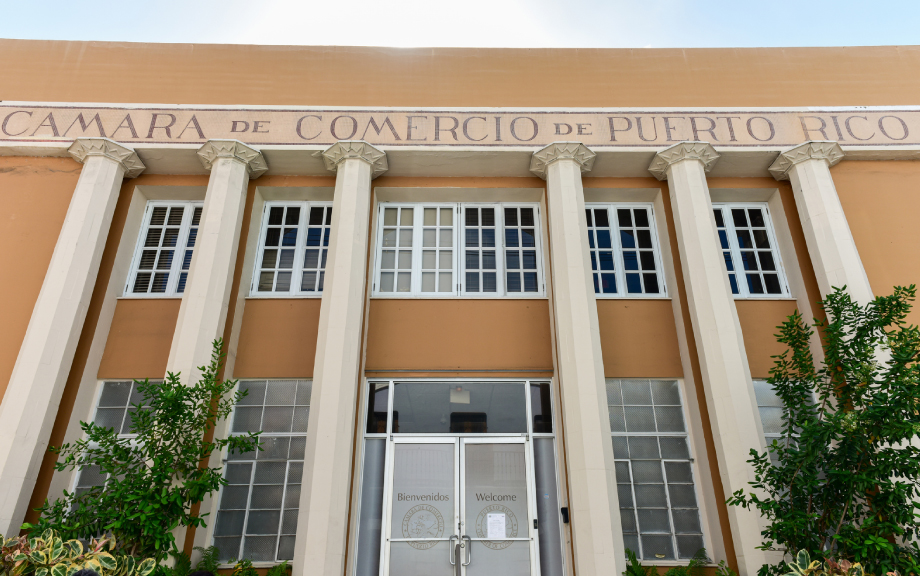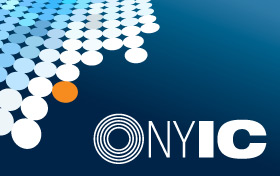
In remarks at a Puerto Rico Chamber of Commerce event on April 11, New York Fed President John C. Williams discussed the economy and monetary policy in the context of a changing and uncertain landscape. He also talked about inflation expectations and how the Federal Reserve is working to achieve its dual mandate of maximum employment and price stability, and shared observations about Puerto Rico’s economy.
He said:
“While uncertainty about the economic outlook reflects many factors, the effects of tariffs and trade policy on the economy are certainly at the top of the list.”
“During times of turbulence and uncertainty such as these, well-anchored longer-run inflation expectations are critically important for ensuring sustained price stability.”
“Elevated uncertainty poses many questions about the future of the economy and the path of monetary policy. It is simply too early to know the answers. But as we learn more about the effects of tariffs and other policies, we’ll continue to carefully assess the incoming data, the evolving outlook, and the balance of risks to our goals.”
In his speech, President Williams began by discussing the economy at a time of heightened uncertainty. “[T]he economy entered the year on firm footing,” he noted, adding that the disinflationary process “has been on a path toward the FOMC’s longer-run inflation goal of 2 percent.” He continued by saying that despite this strong start, “the future is highly uncertain,” pointing to measures of policy uncertainty that have increased sharply in recent months.
President Williams said his business and financial market contacts highlighted that uncertainty about the economic outlook—particularly around the effects of tariffs and trade policy—has made it more difficult to plan for investments and hiring.
“This gives us insight into the reality that businesses and consumers are faced with, many of whom speak of taking a wait-and-see approach,” he said. “At times of great uncertainty, consumers may put off making big decisions like buying a home or car, and businesses may delay investing until they have a better sense of what the future holds. And when households and businesses cut back on spending, economic growth slows.”
President Williams pointed out that “we are seeing increasing signs of effects on near-term expectations of inflation.” But importantly, he added that while market-based measures of inflation expectations have risen at shorter horizons, they have remained stable at longer horizons.
With regard to Puerto Rico’s economy specifically, President Williams said it has been doing quite well, but despite its strength, the island “is not immune to the effects of uncertainty.”
In terms of the Federal Reserve’s monetary policy, President Williams said that the current modestly restrictive stance is entirely appropriate given the solid labor market and inflation still above the FOMC’s 2 percent goal. “[This] gives us the opportunity to assess incoming data and developments, and ultimately positions us well to adjust to changing circumstances that affect the achievement of our dual mandate goals,” he added.
Turning to the economic outlook, President Williams said, “it’s hard to know with any precision how the economy will evolve” and that “there is an unusually wide range of outcomes that could transpire.”
That said, he expects:
- Real GDP growth to slow considerably from last year’s pace, likely to somewhat below 1 percent.
- The unemployment rate to rise from its current level of 4.2 percent to between 4-1/2 and 5 percent over the next year.
- Increased tariffs to boost inflation this year to somewhere between 3-1/2 and 4 percent.
He closed by saying, “it is critically important to keep inflation expectations well anchored as we pursue our goals of maximum employment and returning inflation to our 2 percent longer-run objective.”
Julie Lasson is an executive communications specialist at the New York Fed.
The views expressed in this article are those of the contributing authors and do not necessarily reflect the position of the New York Fed or the Federal Reserve System.










